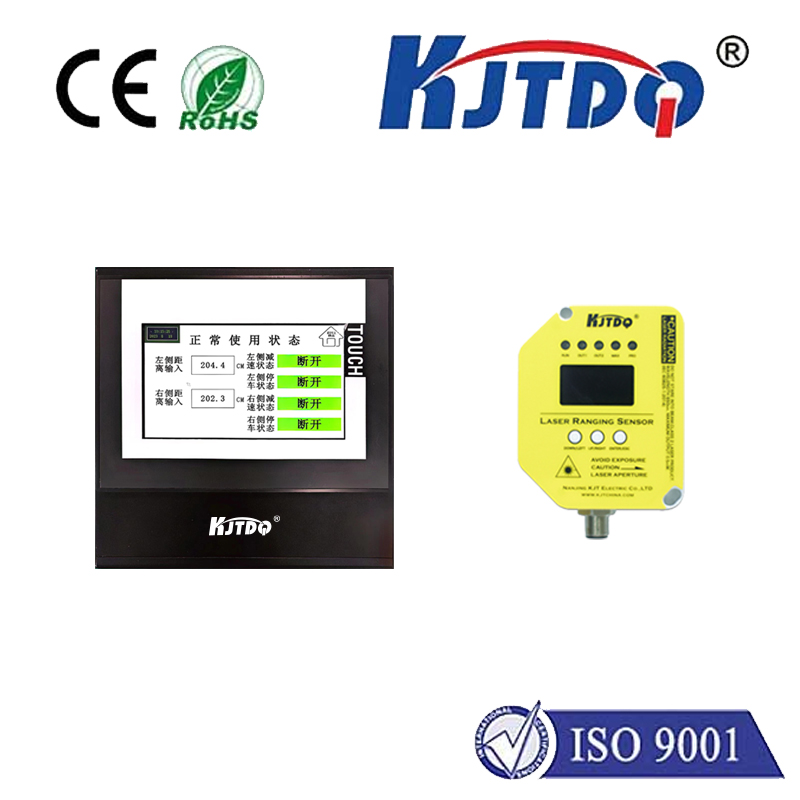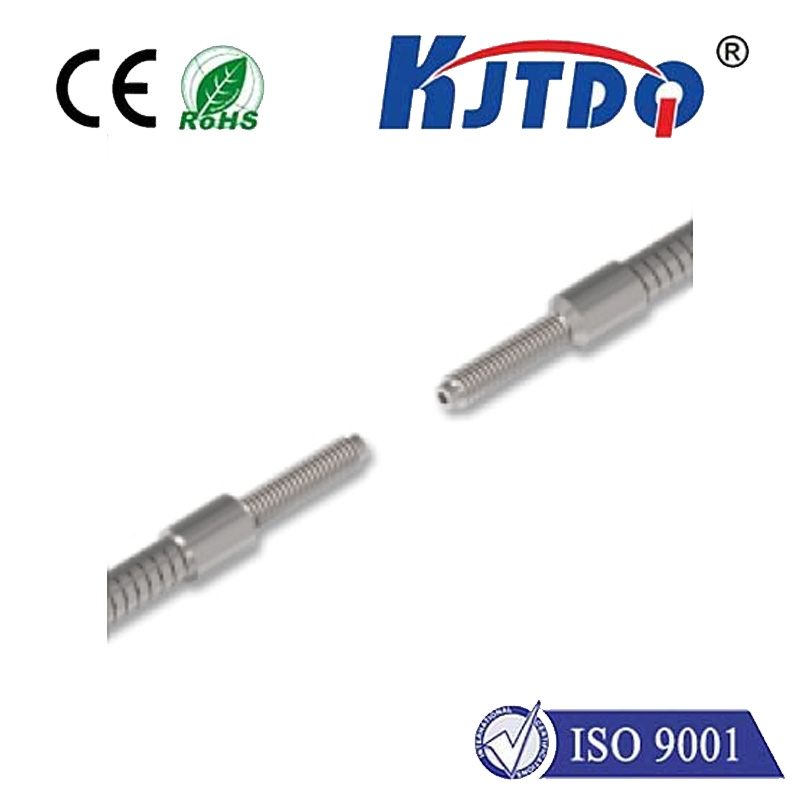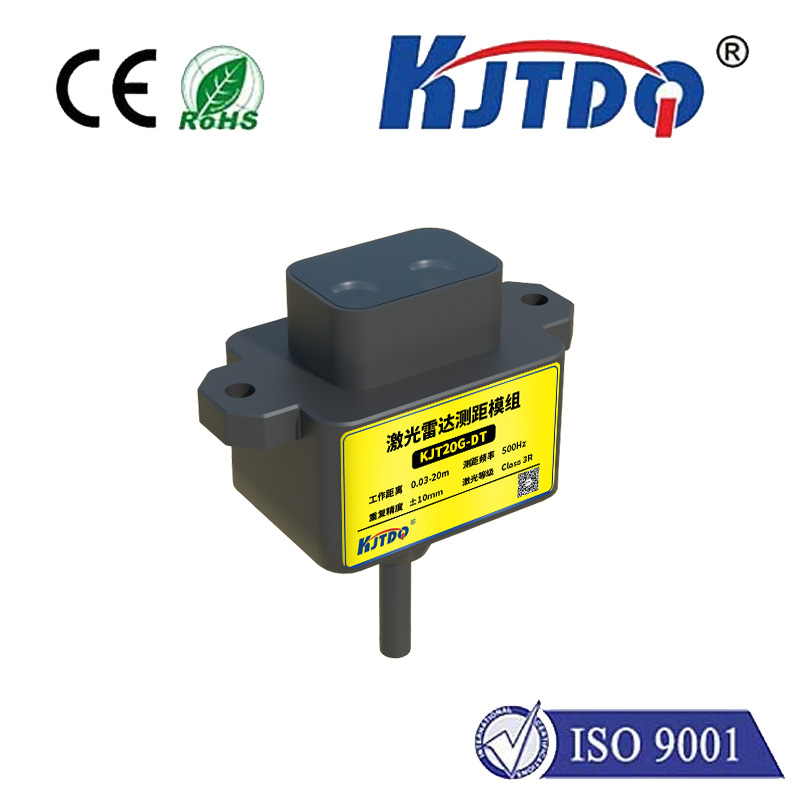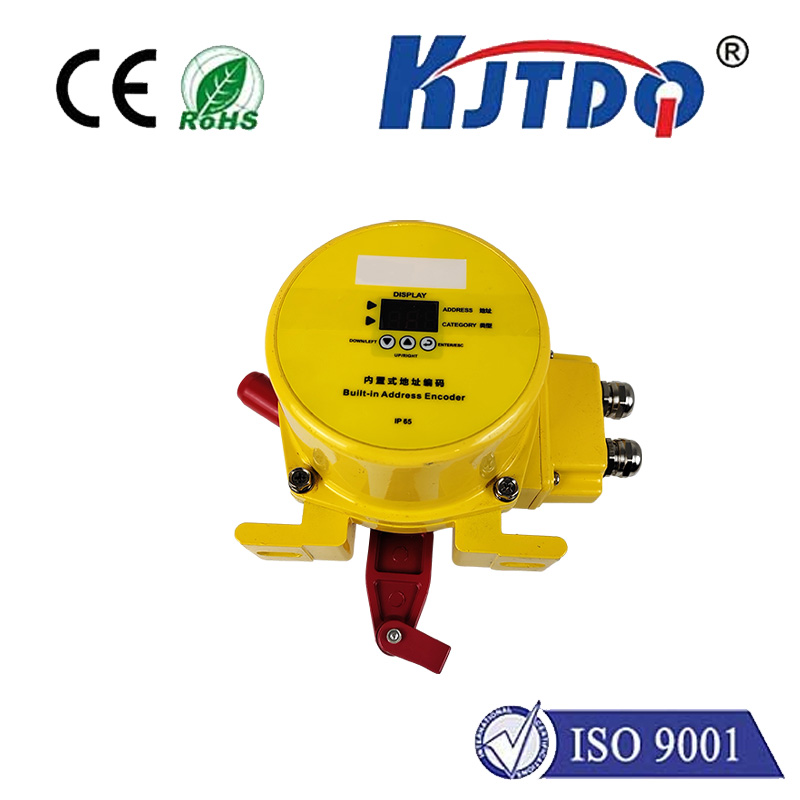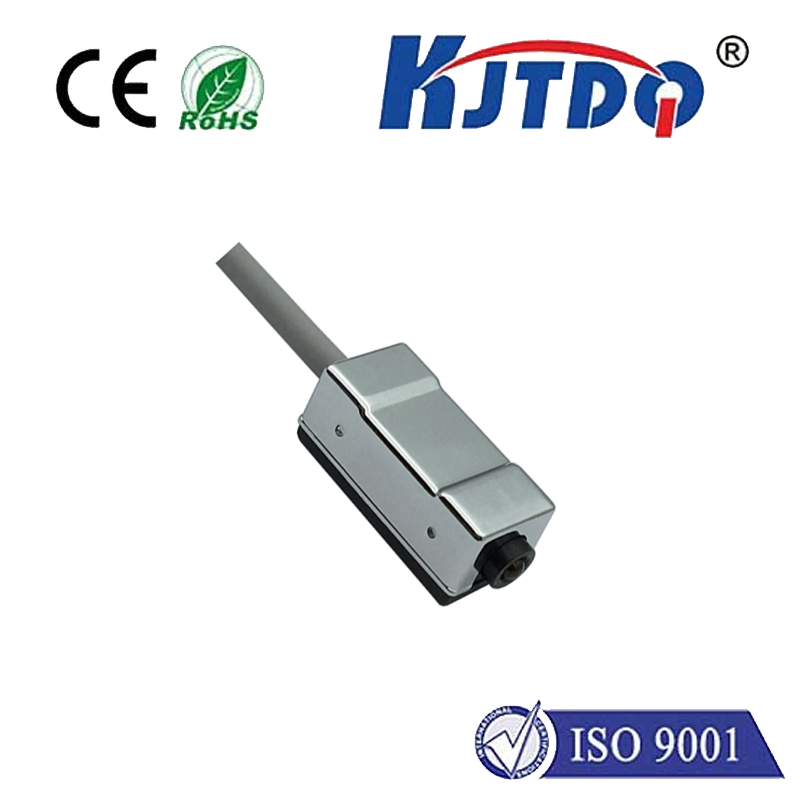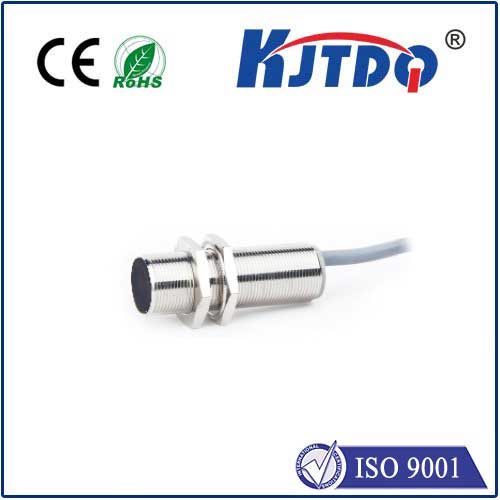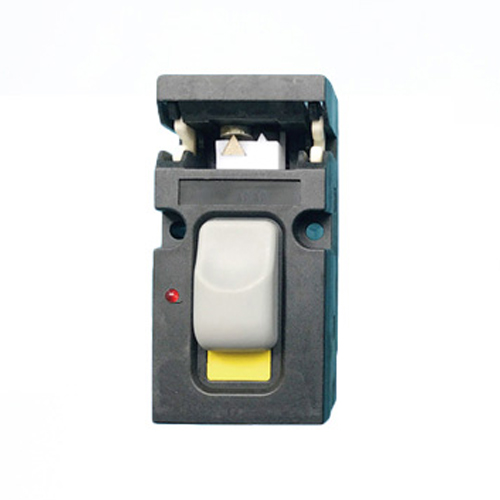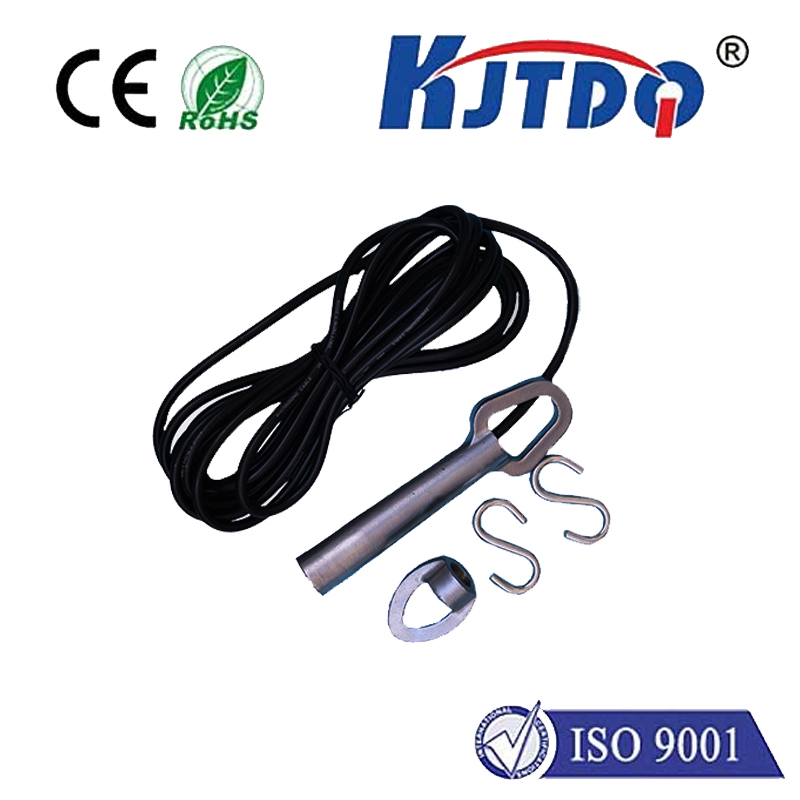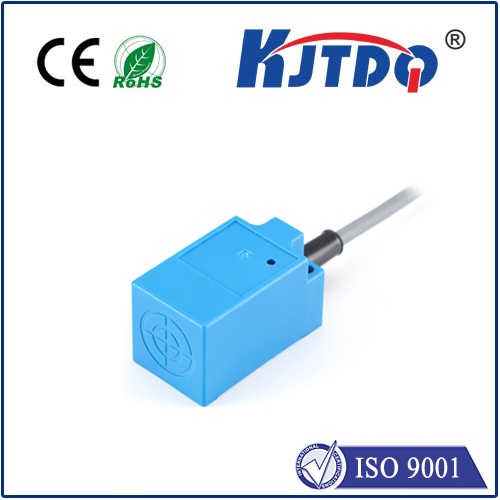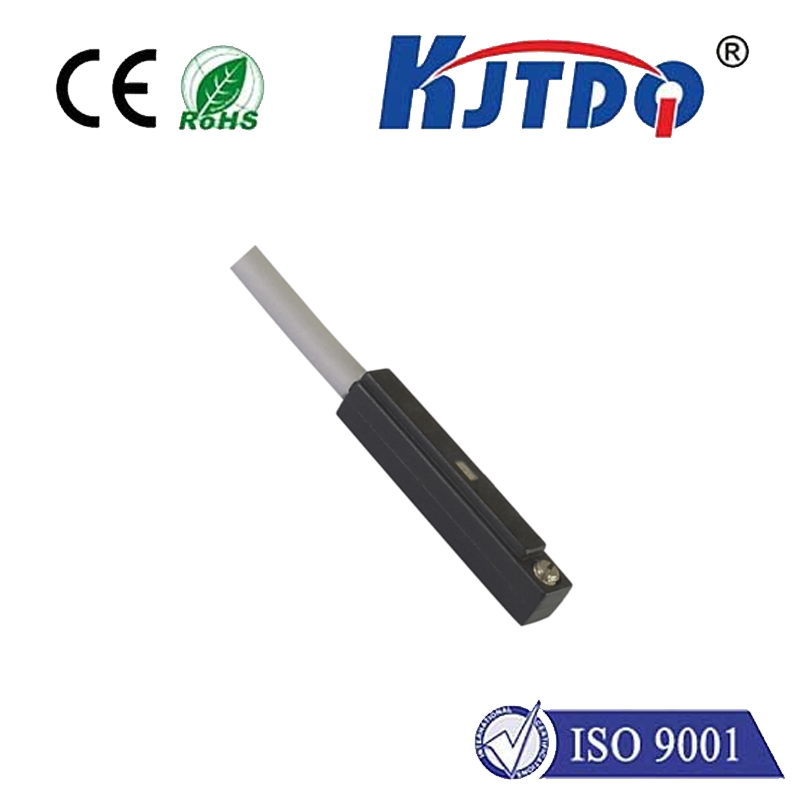proximity sensor price
- time:2025-07-02 01:06:32
- Нажмите:0
Demystifying Proximity Sensor Prices: What Influences the Cost?
Proximity sensors are the invisible guardians and efficiency drivers of our modern world. From preventing your smartphone screen from activating during a call to ensuring precise positioning on high-speed assembly lines and triggering security systems, their silent operation is crucial. But when it’s time to source them, one question invariably arises: what do proximity sensors cost? The answer, as you might suspect, isn’t a simple flat figure. Understanding the factors influencing proximity sensor price is essential for making informed purchasing decisions, whether you’re a hobbyist, an engineer, or a procurement manager.
The price range for proximity sensors is vast, spanning from just a few dollars for basic models to hundreds, or even thousands, for specialized industrial units. This dramatic difference stems from a complex interplay of several key elements. Grasping these factors empowers you to navigate the market effectively and find the right sensor that balances performance needs with budget constraints.
Core Technology: The Fundamental Cost Driver
The underlying sensing technology is arguably the most significant determinant of proximity sensor price. Each type offers distinct advantages and inherent cost structures:

- Inductive Proximity Sensors: These detect metallic objects only. They are renowned for robustness, reliability, and relatively low cost, especially for standard ferrous metal detection in industrial settings. Prices start very affordably.
- Capacitive Proximity Sensors: These detect a wide range of materials (metals, plastics, liquids, wood) by sensing changes in capacitance. Their versatility makes them widely applicable but generally places them at a slightly higher price point than comparable inductive sensors.
- Photoelectric Sensors (Through-Beam, Retroreflective, Diffuse): These use light beams (visible or infrared) for detection over longer distances and with non-metallic objects. Complexity and component quality (emitters, lenses, receivers) can significantly vary. Basic diffuse sensors might be competitive with inductive, while high-precision, long-range, or specialized light type models command premium prices.
- Ultrasonic Sensors: Utilizing sound waves, these detect a wide variety of materials and measure distance. Their complexity (transducers, sophisticated processing circuits) typically positions them at a higher price level than inductive or basic photoelectric sensors.
- Magnetic Sensors (Reed Switches, Hall Effect): Often very low cost, particularly reed switches. Hall effect sensors, offering solid-state reliability, are also generally affordable but may cost slightly more.
Performance Specifications: Paying for Precision and Power
Once the core technology is chosen, specific performance requirements significantly impact the proximity sensor price:
- Sensing Range: Sensors designed to detect objects from greater distances inherently require more powerful emitters (light, ultrasonic) or larger coils (inductive), pushing the cost upwards.
- Detection Accuracy & Repeatability: Applications demanding micron-level precision or extremely consistent triggering necessitate higher-quality components and tighter manufacturing tolerances, increasing the price.
- Response Time: Ultra-fast sensors required for high-speed automation lines involve advanced electronics, contributing to a higher cost.
- Output Type: Simple digital outputs (NPN/PNP) are standard. Sensors offering analog outputs (e.g., 4-20mA, 0-10V for distance measurement), IO-Link communication, or other smart protocols involve more complex circuitry, increasing the price.
- Environmental Durability: Industrial environments demand resilience. Industrial-grade proximity sensors feature:
- Higher IP Ratings (Ingress Protection): Protection against dust and water immersion significantly adds to cost, especially ratings like IP67, IP68, IP69K.
- Rugged Housings: Materials like stainless steel instead of plastic or nickel-plated brass add expense.
- Wide Temperature Range: Sensors operating reliably in extreme cold or heat require specialized components and testing, elevating the price.
- Resistance to Chemicals/Vibration/Shock: Specific certifications and robust construction contribute to higher costs.
Design, Materials, and Brand Influence
Beyond core function and specs, several other factors contribute to the final proximity sensor price:
- Size and Form Factor: Miniaturized sensors or those requiring non-standard shapes often incur higher manufacturing costs.
- Housing Material: Standard materials like PBT plastic or nickel-plated brass are common. Stainless steel housings (for harsh chemical or washdown environments) or specialized materials increase cost substantially.
- Cable vs. Connector: Sensors with integrated cables are common and generally cost-effective. Sensors with standardized connectors (M8, M12) offer easier replacement but might have a slightly higher base price, though the connector itself adds value.
- Certifications and Approvals: Meeting industry-specific standards (UL, CE, ATEX for hazardous areas, FDA for food-grade) requires rigorous testing and documentation, significantly impacting the price. ATEX-certified sensors, for example, can cost many times more than their standard counterparts.
- Brand Reputation and Support: Established brands known for reliability, extensive technical support, global availability, and long product lifecycles often command a price premium. This reflects investment in R&D, quality control, and customer service. Generic or lesser-known brands may offer lower prices but potentially with trade-offs in consistency, longevity, or support. Industrial proximity sensor buyers often prioritize brand reputation for mission-critical applications.
Quantity and Purchasing Channels: Volume Matters
Like most components:
- Volume Discounts: Purchasing large quantities (hundreds or thousands) almost always results in a significantly lower unit price compared to buying single units. Proximity sensor prices become markedly more attractive at scale.
- Supplier Type: Prices can vary depending on where you buy:
- Direct from Manufacturer: Often best for large volumes, potentially offering technical support but potentially higher minimum orders.
- Authorized Distributors: Provide reliable supply, warranty support, and often technical assistance. Prices are generally competitive, especially for medium volumes.
- Electronics Component Suppliers: May offer lower prices on smaller quantities but potentially less specialized support.
- Online Marketplaces: Can offer very low prices, especially from overseas sellers, but carry risks regarding authenticity, warranty, quality control, and shipping times. Caveat emptor is crucial here.
Navigating the Market: Getting Value
Finding the best proximity sensor price isn’t just about finding the cheapest option. It’s about value for money. To optimize your purchase:
- Define Requirements Precisely: What material needs detection? Required range? Environmental conditions? Output needed? Accuracy? Speed? Write a detailed specification. Avoid over-specifying as it unnecessarily inflates cost.
- Research Technologies: Based on your requirements, shortlist the most suitable sensing technology(ies).
- Compare Specifications Rigorously: When comparing models (even within the same technology), look closely at rated sensing distance, housing material, IP rating, temperature range, and output type. Small differences matter.
- Consider the Total Cost of Ownership (TCO): A slightly higher initial price for a reliable, durable sensor from a reputable brand can save money long-term through reduced downtime, fewer replacements, and lower maintenance costs compared to a cheaper, less reliable unit. Factor in potential downtime costs.
- Get Quotes: For significant purchases, obtain quotes from multiple reputable suppliers/distributors for the exact part numbers you require. Clearly state your required quantity.
- Evaluate Support: For complex applications or critical systems, access to reliable technical support can be invaluable and part of the sensor’s overall value proposition.
The **proxim

